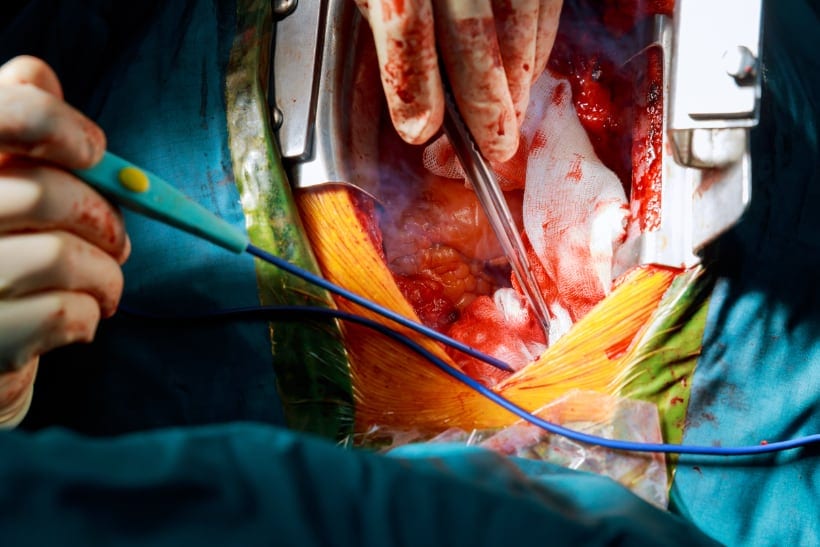The Evolut Low Risk trial aimed to characterise short to medium-term outcomes of patients with low-risk severe aortic stenosis undergoing transcatheter aortic valve implantation (TAVI) with a CoreValve Evolut valve. Low risk was identified as a 3% risk of death within 30 days of the procedure using the Society of Thoracic Surgeons (STS) score.
Patients with a bicuspid aortic valve or anatomical contraindications to either TAVI or a surgical bioprothesis were excluded such as a significant annular calcification. Additionally, patients with hypersensitivity or contraindication to all anticoagulation/antiplatelet regimens were excluded.
A total of 1,414 patients were randomised in a 1:1 fashion to either TAVI (n=730) or a surgical bioprosthetic valve (n=684) from 86 centres in 7 countries from March 2016 to May 2019. The primary endpoint was a composite outcome of all-cause mortality or disabling stroke at 3 years. The mean age of the cohort was 74 years of age with 35% being female. The mean STS score was 2.0% and 1.9% in the TAVI and surgical populations, respectively.
At the 3-year follow-up period, the primary endpoint occurred in 7.4% of the TAVI cohort versus 10.4% in surgical patients (HR, 0.70; 95% CI, 0.49–1.00; p=0.051). Individual components of the primary endpoint of all-cause mortality (ACM) and disabling stroke signalled towards improved outcomes in TAVI (ACM TAVI 6.3% vs surgical 8.3%, p=0.16; stroke TAVI 2.3% vs surgical 3.4%, p=0.19).
Additionally, patients who underwent TAVI had significantly enhanced valve haemodynamics with mean gradients of 9.1mmHg vs mean gradients of 12.1mmHg in the surgical arm at 3 years (p < 0.001). Interestingly, TAVI patients had a substantially lower incidence of moderate to severe prosthesis-patient mismatch when compared to the surgical cohort (10.6% vs 25.1%, p < 0.001). Reassuringly, significant paravalvular regurgitation i.e. moderate to severe regurgitation was < 1% in each arm.
However, the rates of pacemaker implantation were significantly elevated in the TAVI group when rivalled to the surgical arm (23.2% vs 9.1%, p < 0.001).
The results of this landmark trial are extremely favourable for TAVI. Previous data demonstrating acute benefits of TAVI in the low-risk cohort have now been reciprocated at 3 years. Yet, further longitudinal research showing the maintained, consistent long-term durability of TAVI at 5 and 10 years will be essential before we can truly implement TAVI in low-risk patients with a mean age of 74.
Link to article – https://www.jacc.org/doi/10.1016/j.jacc.2023.02.017

